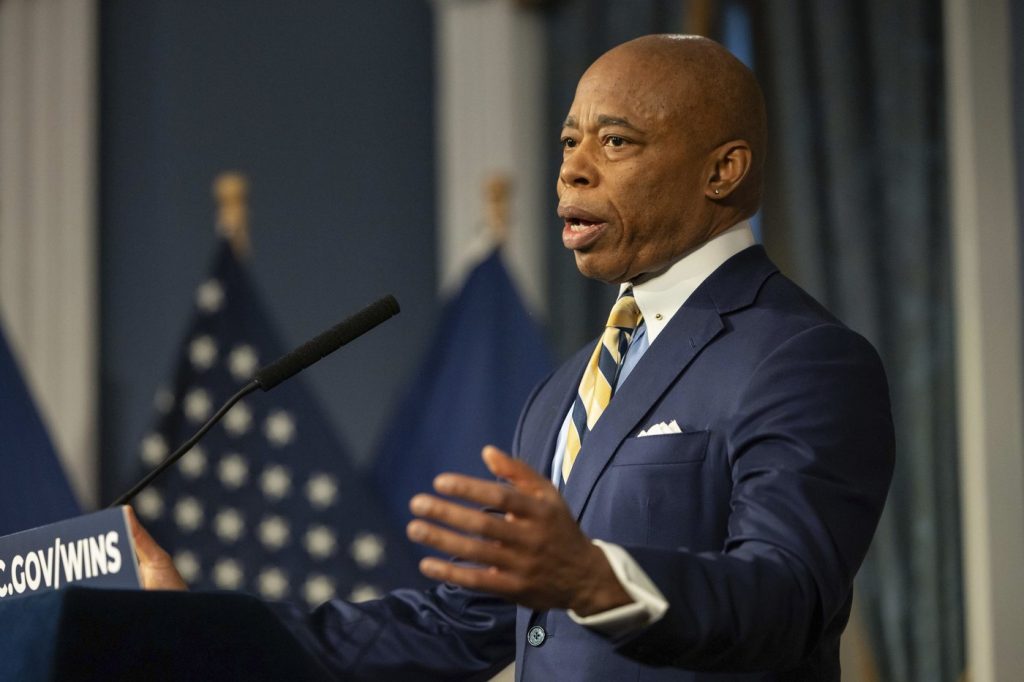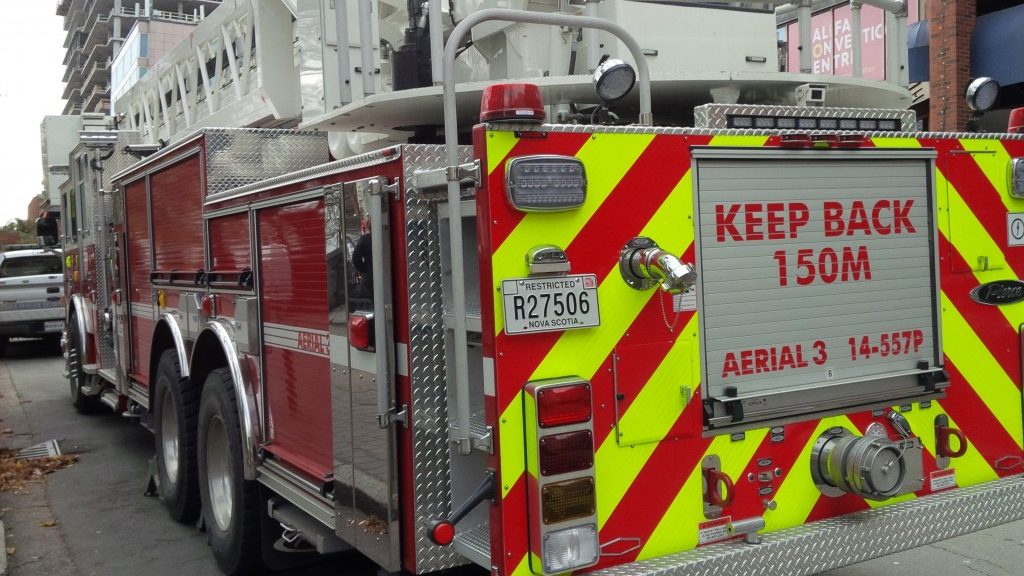NYC to spend $650M on combating homelessness and mental illness

Posted Jan 9, 2025 08:57:19 PM.
Last Updated Jan 9, 2025 09:15:48 PM.
NEW YORK (AP) — New York City Mayor Eric Adams seized on a spate of recent high-profile attacks in the subway system as he pitched his vision for the city going forward, announcing Thursday an additional $650 million over the next five years to combat street homelessness and mental illness.
Adams, a Democrat, unveiled the new funding during his annual State of the City speech, touting the investment as a bulwark against heightened concerns about public safety, his signature issue.
The announcement comes as Adams readies for an upcoming trial on federal corruption charges, swirling scandals within his police department and a crowded reelection contest. Speaking at Harlem’s famed Apollo Theater, he centered his efforts at reducing gun violence and homicides, while vowing to bring additional resources to the subway system.
“In the last few weeks we have seen random acts of violence that have shaken many New Yorkers,” Adams said. “This investment will allow us to expand support for New Yorkers who are living on our subways, wrestling with serious mental illness, and at risk of entering shelter.”
The number of people living on the streets and subways of New York City reached a nearly two-decade high last year, driven in part by rising rents and a shelter system widely seen as unsafe and overcrowded.
The bulk of the funding will go toward the creation of an additional 900 so-called “safe haven” beds, an alternative to the city’s dormitory-style shelters, as well as 100 new beds for homeless children and teens, according to Anne Williams-Isom, the deputy mayor for health and human services.
David Giffen, the executive director of Coalition for the Homeless, called the expansion of beds a “step in the right direction,” but said it would address only a fraction of the need.
The city will also expand its outreach on the subways and open a new psychiatric center for those with mental illness who have nowhere to stay when they’re discharged from hospitals. The facility’s location has not yet been selected.
“At this moment, we have to lean in to make sure the subways feel better, while providing destinations for people who are unsheltered and making sure we’re dealing with the folks who are causing the most anxiety, which is folks with severe mental illness,” Williams-Isom said by phone.
Most categories of crime — including subway crime — dropped citywide last year, though felony assaults are up both above and below ground. Violent crime in the transit system remains rare, with train cars and stations being generally as safe as any other public place in the city.
But recent attacks have stoked fears among some riders. Within the last month, a man was shoved onto subway tracks ahead of an incoming train on New Year’s Eve, a sleeping woman was burned to death and a man slashed two people with a knife in Manhattan’s Grand Central subway station.
Giffen said the mayor appeared to be basing his policies on “alarming incidents that make headlines,” rather than “meaningfully reducing homelessness in New York City.”
“Homeless people and people with mental illness are far more likely to be victims than perpetrators of violent attacks,” he added. Still, he called the expansion of safe haven beds a “step in the right direction.”
Adams, a former police captain, has also vowed to once again increase the number of police officers patrolling the subway system.
On Thursday, he said he would double his yearslong push for a state law that would make it easier to involuntarily commit those with severe mental illness living on the street.
New York Gov. Kathy Hochul, a Democrat, said last week that she was supportive of the idea, though it remains unclear how the law would fare in the state Legislature.
Jake Offenhartz, The Associated Press








